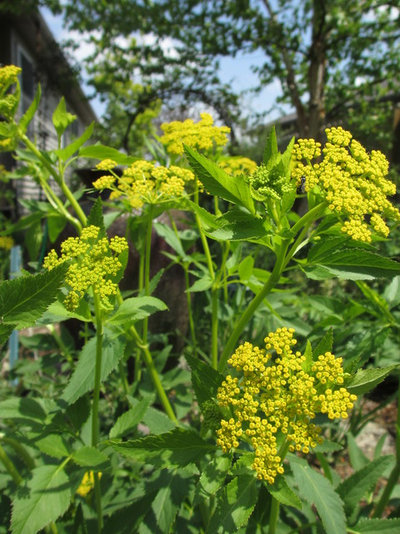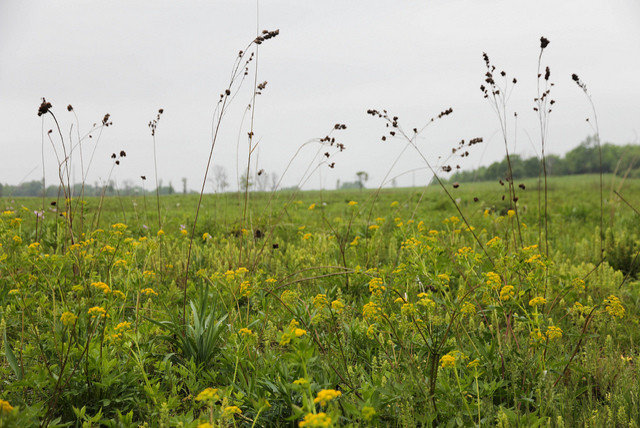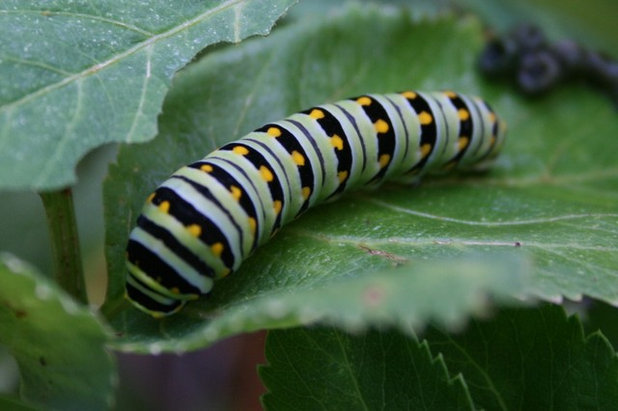I’m a big fan of native plants. I’m a big fan of having my garden in bloom every day of the year. Early spring to midspring often presents a challenge regarding those, but there are plenty of choices — one being cheery Golden Alexanders, a prairie and meadow standby that’s tough as nails. Since it’s in the carrot family, it also serves as a butterfly host. Wow. Didn’t I just describe the perfect plant? Let’s learn more about it then.

Benjamin Vogt / Monarch Gardens
Botanical name: Zizia aureaCommon name: Golden Alexanders
Origin: Native from the eastern Dakotas down to eastern Texas, and east to the Atlantic and New England
Where it will grow: Hardy to -40 degrees Fahrenheit (USDA zones 3 to 8; find your zone); best planted if native to your area
Water requirement: Moist to dry soil
Light requirement: Full sun to 25 percent shade
Mature size: 2 to 3 feet tall and 2 feet wide
Benefits and tolerances: Very low maintenance and drought tolerant once established; midspring bloomer; butterfly host plant
Seasonal interest: Has a head of small yellow flowers during spring before most others are flowering
When to plant: Spring to fall; seed in fall or winter

Cassi Saari
Distinguishing traits. Golden Alexanders is low maintenance and adaptable, preferring full sun but also taking a bit of shade. It is host to several swallowtail butterfly species, including black swallowtail and the Missouri woodland swallowtail.
How to use it. Planted en masse in groups of three to five or more is best, as the flowers themselves are small, even as plants produce copious amounts of blooms. It’s great for the middle or front of the border, and it’s a bright showoff in spring when little else is flowering. Also it has solid fall leaf color — a sort of plum-rust-red. It will self-sow lightly in open ground.

Benjamin Vogt / Monarch Gardens
Planting notes. Moist to medium soil is best, but Golden Alexanders shows remarkable drought tolerance — so it’s great for rain gardens. You can sow the seeds in fall or winter for a spring show. Watch out for small, spherical eggs on the leaves, which may be a mark of visiting swallowtails.
The similar-looking
Zizia aptera is more drought tolerant, and its leaves are heart-shaped. It is native in scattered locations in the Northwest and northern Rockies into the Midwest and on into Appalachia.
Find plants native in your region





